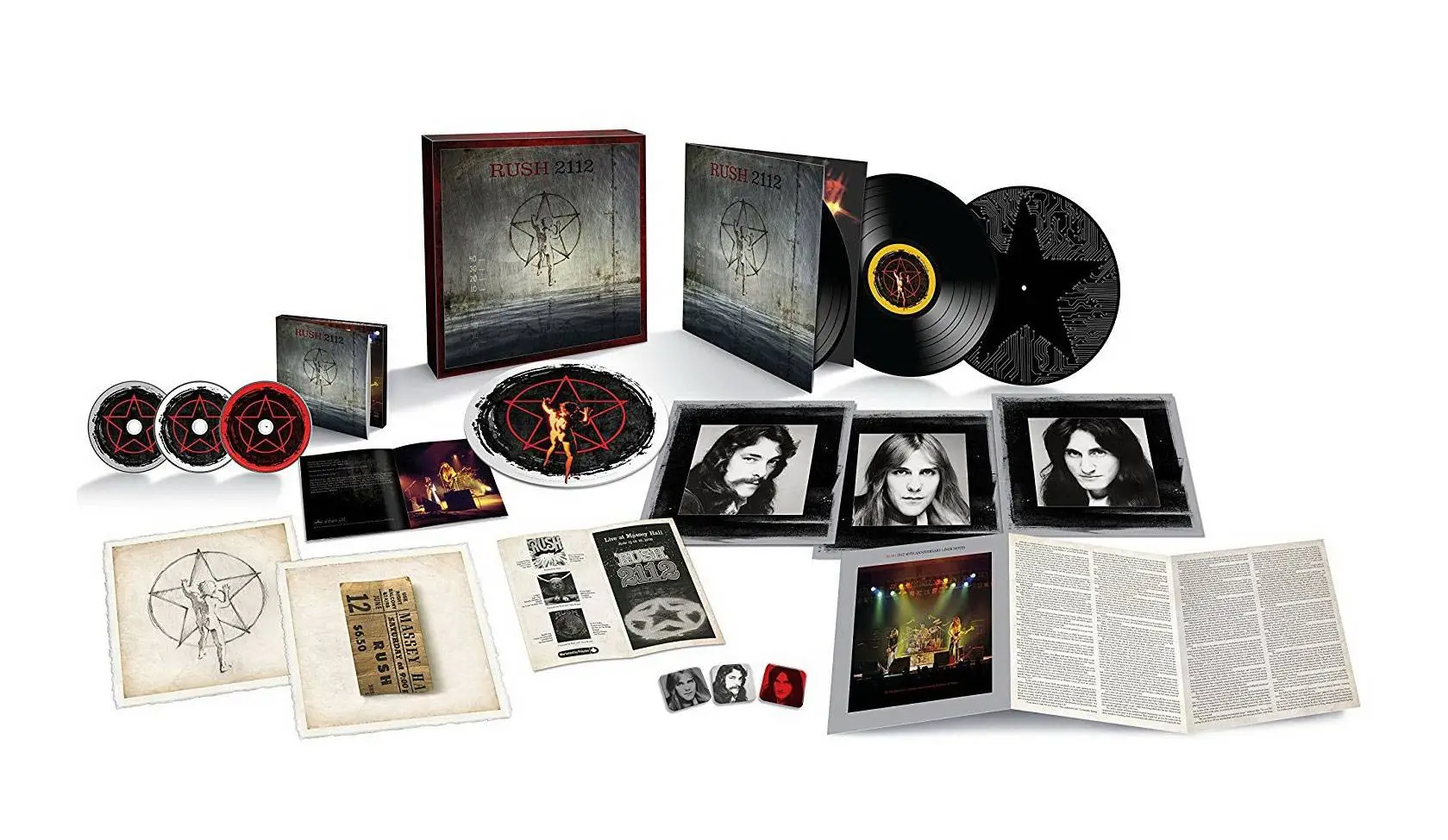
(that's a quadruple-platinum status) of 1981's "Moving Pictures," Rush's most popular record. Please, carry on.Ĥ million: Number of copies sold in the U.S. In fact, I apologize for even bringing up Nickelback. Thankfully, country of origin and being comprised of members of the species Homo sapiens are the only things the two bands have in common. If you think that's an impressive number, keep in mind that fellow Canadians Nickelback have sold 21.5 million, thus illustrating an insanely broad range of sophistication among the American album-buying public. Having made the leap from the student union circuit to five nights at the Hammersmith Odeon, they respond by playing with an uncharacteristic rawness.25 million: Number of albums Rush has sold in the U.S. These 16 tracks from their 1980 tour are quite distinct from any of Rush’s dozen or so other live albums. However, for a band who share many characteristics of prog, Rush’s music rarely recalls the bluesy improvisatory feel of the Pink Floyds and Led Zeps with whom they’re sometimes compared, something evident on the live section of this package. “Jacob’s Ladder” is a chugging piece of metal with sword-and-sorcery lyrics and some baffling jolts in metre, while “Natural Science” is another episodic piece, packed with enough ideas for an entire career. Some of these proggier elements still survive. Weirdly, the latter fades out around the 3:50 mark, just at the point where Rush would usually launch into the third part of a symphonic epic. Peart’s lyric is presented as an intellectual love song – exploring the conflict between affection and individualism (“We are planets to each other, drifting in our orbits”) and serves as a companion piece to “Different Strings”, a similar ballad exploring the difficulties of love and friendship, but this one with lyrics written by Lee. “Entre Nous” is reminiscent of the kind of crossover track that Genesis were writing on Duke or Abacab around this time, with Lee seeming to sand down the more abrasive edges of his voice to reveal a much more expressive vocalist. Permanent Waves also sees Rush stepping outside their comfort zone with two mid-tempo ballads.
Rush 1976 album free#
“You can choose from phantom fears and kindness that can kill/I will choose a path that’s clear, I will choose free will.” It initially suggests the influence of Rand’s rational libertarianism but seems to be more of a defiant hymn to muscular secularism – more Christopher Hitchens than Ayn Rand. “You can choose a ready guide in some celestial voice,” Peart’s lyric mockingly suggests. “Freewill” is another tight, punky track that grooves far more effectively than any song in the arcane time signature of 13/4 has any right to do. It’s not a million miles away from what The Police were doing at the time, and you can even hear Lifeson playing the kind of hands-free sustained guitar arpeggios that we associate with Andy Summers or The Edge.


Lead track “The Spirit Of Radio” – their only real UK hit – successfully squeezes Rush’s oeuvre into a five-minute piece of compressed power pop, with chiming guitars, a funky undertow and even a reggae diversion. But this 1980 release has held up much, much better, partly because you can hear them tentatively making links between prog and punk. Plenty of teenage metal fans – including the likes of Dave Grohl, Beck and Stephen Malkmus – thought they’d discovered the Holy Grail when they came across Rush’s 1976 LP 2112, a concept album based on the sci-fi novella Anthem by the bonkers right-wing libertarian Ayn Rand. “I don’t know about numerology or anything mystical,” said Neil Peart, “but there’s something good about three people.”

Even with Lee overdubbing the odd keyboard part, things were kept as stripped back and brutalist as prog metal can get. Alex Lifeson switched between fiddly lead guitar lines and thrashy rhythm playing, and Geddy Lee played muscular basslines while singing in a faintly hysterical full-throated tenor yelp – Jon Anderson’s elfin tones taken into satanic territory. Neil Peart played like Gene Krupa in a metal band, thumping furiously around every square inch of his enormous kit but never forgetting his overriding duty to groove. This process of distillation was helped by the fact that there were only three members. Here was a band who seemed to take all the hallmarks of prog rock – the technical proficiency, the slightly manic intensity, the fiddly time signatures, the switches in tempo, the bombastic fanfares, the poetic-sounding lyrics – and distil them into an easily digestible heavy metal format. You can certainly see the appeal of Rush for a certain teenage rocker of the ’70s and ’80s.


 0 kommentar(er)
0 kommentar(er)
